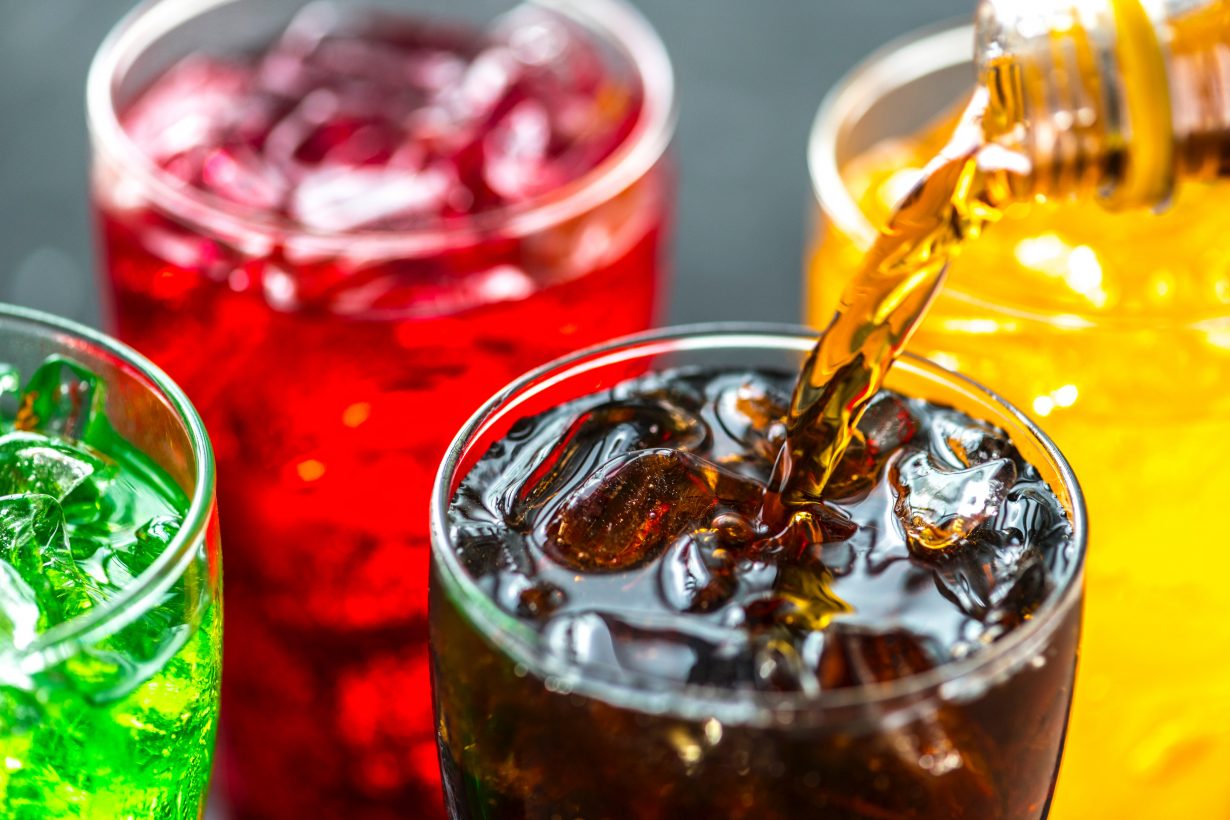
Cancer-Causing Caramel Color
Michael Greger M.D. FACLM via NutritionFacts – Caramel coloring may be the most widely consumed food coloring in the world. Unfortunately, its manufacture can sometimes lead to the formation of a carcinogen called methylimidazole, which was identified as a cancer-causing chemical in 2007.
For the purposes of its Proposition 65 labeling law, California set a daily limit at 29 micrograms a day. So, how much cancer might caramel-colored soft drinks be causing? We didn’t know…until now… My video Which has more Caramel Coloring Carcinogens: Coke or Pepsi? explores these questions and more.
Researchers tested 110 soft drink samples off store shelves in California and around the New York metropolitan area, including Connecticut and New Jersey. None of the carcinogen was found in Sprite, which is what you’d expect since Sprite isn’t caramel-colored brown. Among sodas that are, the highest levels were found in a Goya brand soda, while the lowest levels were in Coke products, which were about 20 times less than Pepsi products. Interestingly, California Pepsi was significantly less carcinogenic than New York Pepsi. “This supports the notion that [labeling laws like] Proposition 65…can incentivize manufacturers to reduce foodborne chemical risks…” To protect consumers around the rest of the country, federal regulations could be a valuable approach to reducing excess cancer risk—but how much cancer are we talking about?
Johns Hopkins researchers calculated the cancer burden, an estimate of the number of lifetime excess cancer cases associated with the consumption of the various beverages. So, at the average U.S. soda intake, with the average levels of carcinogens found, Pepsi may be causing thousands of cancer cases, especially non-California Pepsi products, which appear to be causing 20 times more cancer than Coke. Of course, there’s no need for any of them to have any these carcinogens at all “as caramel colorings serve only a cosmetic purpose [and] could be omitted from foods and beverages…” But we don’t have to wait for government regulation or corporate social responsibility; we can exercise personal responsibility and just stop drinking soda altogether.
Cutting out soda may reduce our risk of becoming obese and getting diabetes, getting fatty liver disease, suffering hip fractures, developing rheumatoid arthritis, developing chronic kidney disease, and maybe developing gout, as well.
In children, daily soda consumption may increase the odds of asthma five-fold and increase the risk of premature puberty in girls, raising the likelihood they start getting their periods before age 11 by as much as 47 percent.
If we look at the back of people’s eyes, we can measure the caliber of the arteries in their retina, and the narrower they are, the higher the risk of high blood pressure, diabetes, and heart disease. Researchers performed these kinds of measurements on thousands of 12-year-olds and asked them about their soda drinking habits. Their findings? Children who consume soft drinks daily have significantly narrower arteries. “The message to patients can no longer remain the simplistic mantra ‘eat less, exercise more.'” It matters what you eat. “[S]pecific dietary advice should be to significantly reduce the consumption of processed food and added sugar and to eat more whole foods.”
This article has been modified. To read the original article click here.
For more articles by Dr. Greger click here.






